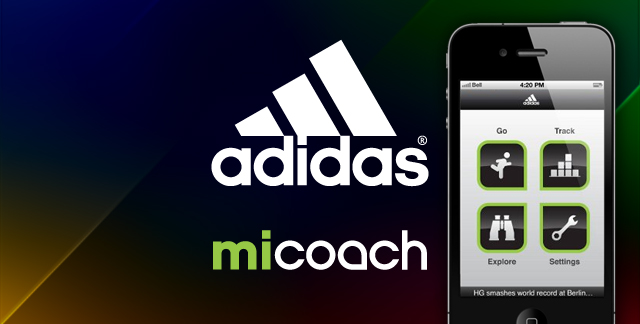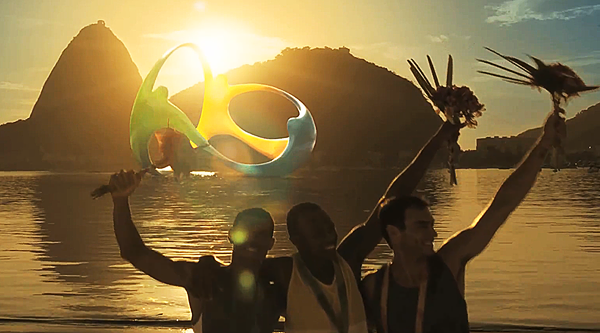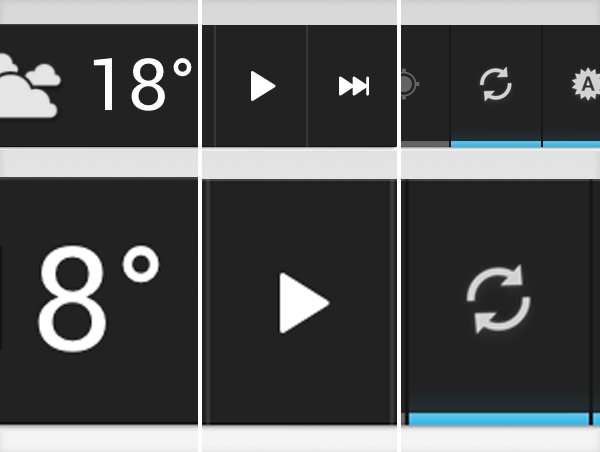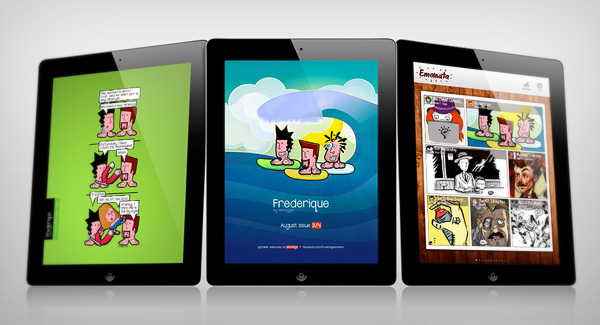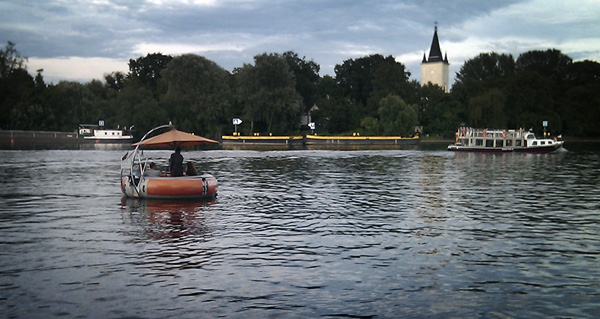Living healthy starts with eating right. Unfortunately if you are not a fitness-, cooking- or calories nerd, it’s not easy to decide what to put on the table every day. As for me, most of the time I end up buying some meat, roasting it and, serving with bread, call it a dish. Now this came to an end.
I would not want to go cold turkey (ha!) and become vegan, especially for all the excellent salamis and great wild meat out there. The only thing I want to stop is the mindless defaults: why would anyone eat chicken wraps and Frankfurters anyway?
Somewhere I’ve read that an average grown up person in Europe would eat something like 50 kilograms of meat a year – my consumption seems to be fairly close to this, although I’m trying to be on the healthy end.
Ready-made products and those with unidentifiable origin seem to be easy to avoid, but then again: the recent horse scandal shows that even if the label looks very accurate, it’s rarely the case. Döner kebab is not something you would have high expectations about, but even Nestle and other, seemingly reliable companies sold horse meat as beef products.
Not that I’m picky with animals, I would eat whatever – my biggest complain here is that if we don’t even know the type of the animal, how would we know such very important facts like whether the unlucky pig was raised in a cage with hundreds of others, or: if it has ever seen the sun.
There I can get very picky actually. How much more awesome is to know that the animal I eat was in good health, free of weird antibiotics and full of energy! (Before it got slaughtered.)
If you just search for some minutes, you will see that some chickens are living a total of 32 days before you find them as ‘chicken wings’ in McDonalds. I can’t see how this is not bad for the public health and the environment – in the race for low-price meat, the food industry is leaving us with antibiotic resistant germs. (And even worse: food snobs, who only eat stuff coming from Bio Company shops.)
So here is my plan: I quit being a part of the problem and will reduce my food consumption to a more eco-friendly level, with the following:
- Emerge new defaults: breakfast with cereals, choosing hummus and falafel when eating out (kill all the chickpeas!)
- When buying non-vegan products, going for organic: looking for meat directly from farmers
- Not buying minced meat or similar all-in kind of products
- Keeping track of my food: keeping meat products below 500g a week
Please be aware of the fact that I’m in no way more clever than you with this. I’m not a doctor, have no idea of biology, fitness, health – so you better don’t follow anything you read here.
This post might be a good food for thought though. And please, feel free to send me further readings, hummus recipes, or just get in touch and encourage me / tell me I’m a fool on Twitter.
I might return to this topic later, if anything significant happens – although, I would be surpised if that was quite soon.

